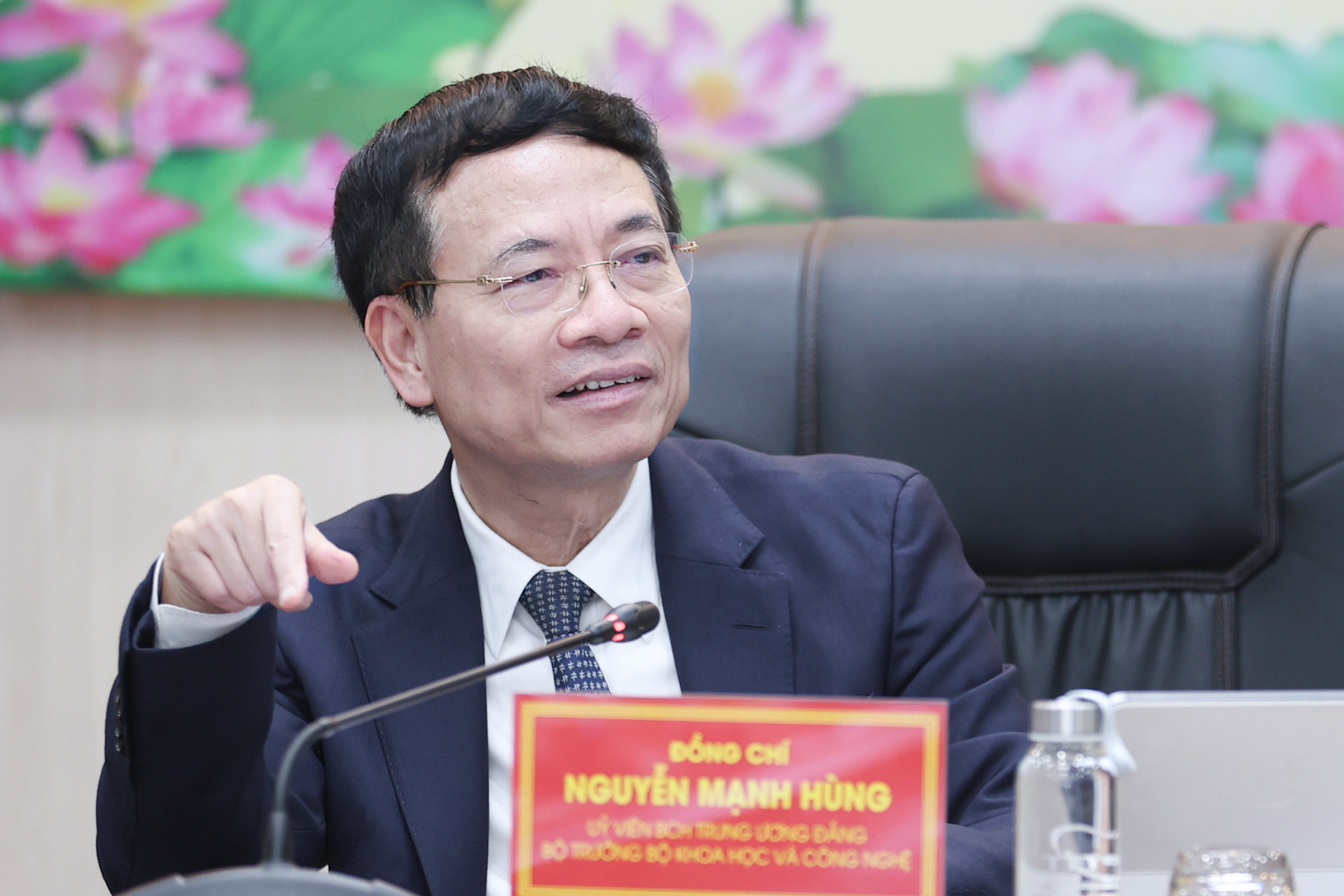
Growth driven by traditional factors is reaching its limit. Traditional drivers have helped Vietnam obtain up to 7 percent growth, but to reach 10 percent, new growth drivers are needed. This additional 3 percent can come from science and technology (S&T), innovation, and digital transformation (DT).
Agriculture has lifted Vietnam out of poverty. FDI (foreign direct investment), outsourcing, and assembly industries have turned Vietnam into a lower middle-income country. But to become a developed, high-income nation, Vietnam must rely on S&T, innovation, and DT.
The trio of S&T, innovation, and DT is the main driver for national development in the new era and the key for the private sector to take the lead as the most critical force in national progress.
The new S&T and Innovation Law marks a significant shift: S&T must focus on innovation to enhance national competitiveness, drive socioeconomic development, and improve quality of life.
For the first time, innovation is placed on par with S&T, reflecting a fundamental change in Vietnam’s development mindset. This entails technology transfer, technological upgrades, and practical S&T applications to boost socioeconomic value and efficiency.
The Party and State now have a strategic vision to shift Vietnam from a technology-using nation to a technology-mastering country. For the first time, Vietnam has set a clear goal to master strategic technologies that significantly impact economic growth and national security.
The state budget will prioritize 40-50 percent of resources for tasks related to mastering strategic technologies and products, assigned to national enterprises and domestic research organizations, regardless of public or private status.
The list of strategic technologies and strategic products will soon be issued by the Government.
To compete, enterprises must innovate technology, but to lead, they must invest in R&D. The S&T and Innovation Law, to be passed by the NA in June 2025, introduces key reforms.
Annually, 1 percent of the state budget, about VND25,000 billion, will support enterprises in technological innovation, primarily through a 50 percent loan interest subsidy (e.g., a 6 percent loan rate would be subsidized by 3 percent). A national technology innovation fund will facilitate this.
The state encourages R&D spending through tax incentives. For every VND10 spent on R&D, the state refunds VND4 via tax deductions—a bold policy compared to most countries, where only VND2 is refunded.
Previously, state budgets rarely funded enterprises’ R&D, focusing instead on institutes and universities. Now, 70-80 percent of S&T budgets will address enterprises’ R&D, typically with the state providing VND1 and enterprises contributing VND3-4.
For small and medium enterprises (SMEs), technological innovation and DT are challenging due to limited funds and tech talent. The solution is state-supported shared national digital platforms, which SMEs can use as services without heavy investment, at affordable prices with state subsidies. This is the fastest way to drive SME technological innovation and DT.
The Ministry of Science and Technology (MST), in collaboration with the Ministry of Education and Technology (MOET), has tasked the Posts and Telecommunications Institute of Technology (PTIT) and key tech universities to send 10,000 final-year IT students to 10,000 SMEs to support the use of enterprise digital transformation platforms. Each student will stay at the enterprise for 1-2 weeks.
The government is directing the MST to refine digital platforms for accounting, tax filing, online marketing, inventory, and HR management, enabling business households to transition into enterprises without hiring specialized staff.
With about 5 million business households, a dynamic economic force, converting them into enterprises using tech tools can scale up their operations and boost economic growth.
To foster large Vietnamese enterprises, the state plans to assign major national projects to national firms, with requirements to master technology and develop local industries, such as the high-speed railway project. These are significant ‘battles’.
The government has set up a goal that public services must undergo administrative reforms, becoming fully digital and processed online, with over 70 percent of applications handled entirely online by 2025, and 100 percent for enterprise-related services.
To codify DT, the Central Committee’s Steering Committee 57 and the government have requested MST to draft and submit the DT Law to the National Assembly for approval this year.
Vietnam is among the few countries with a dedicated DT law, reflecting the Party and State’s strong political commitment to comprehensive, nationwide DT. DT is seen as a breakthrough to create new opportunities and spaces for socioeconomic development, national governance reform, and S&T and innovation growth.
Nguyen Manh Hung
Minister of Science and Technology